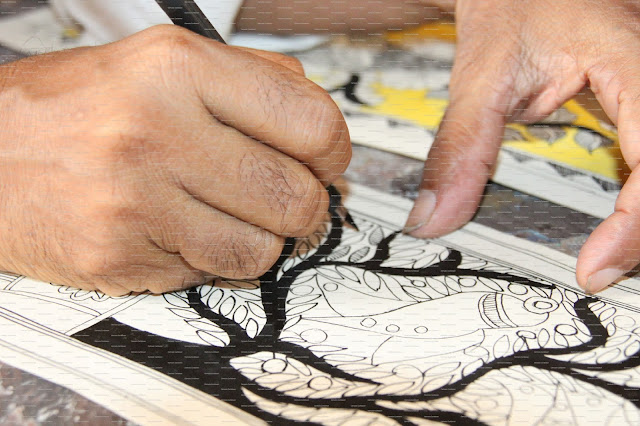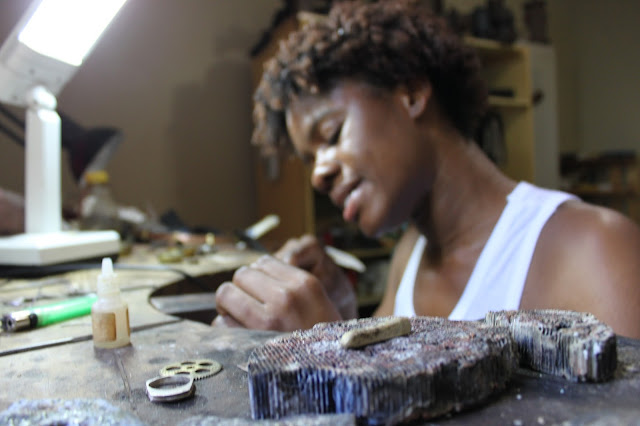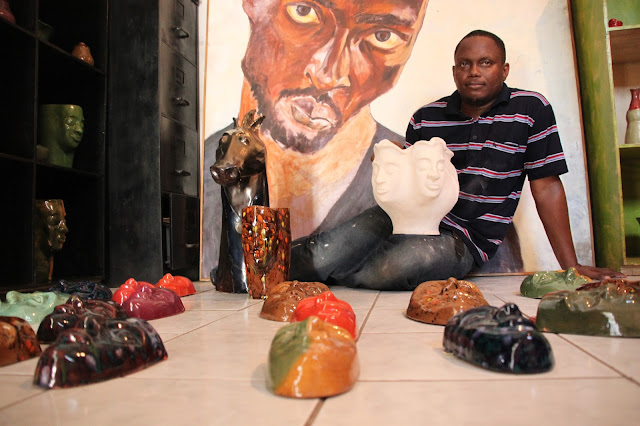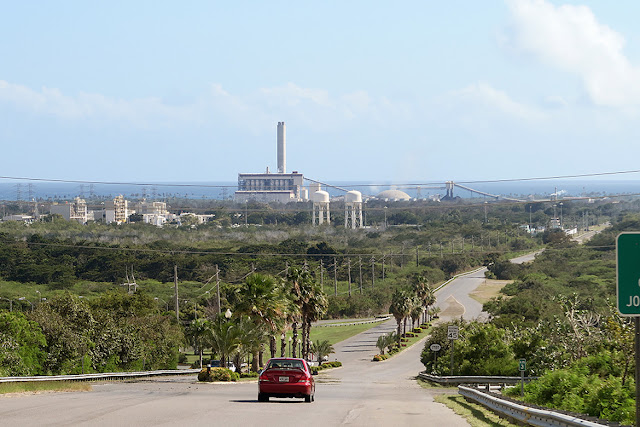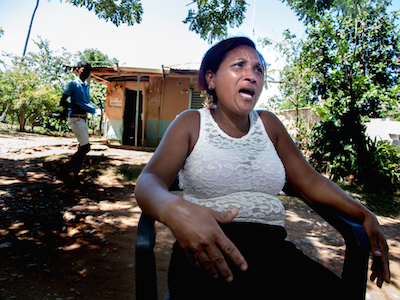India Chronicles: Mud, wood, fire...food

A roti is made on a clay skillet on a Chuhla, the traditional Indian clay oven. This phenomenon is slowly diminishing in the fast paced world, but some households are keeping this tradition alive Every evening, Savita Yadav religiously bathes, gets ready, goes into the corner of her home with a high zinc roof, the cemented courtyard lined with the pots of holy basil plants, pours ghee (clarified butter) on to the stack of fuel in a mud stove, strikes a match, waits for the fuel to burn, and puts an earthen ‘tawa’ (Indian flat skillet) on top. The chulha (pronounced choo as in shoe, la as in large), a traditional Indian cooking stove, has been an integral part of Indian households for centuries, a rapidly diminishing phenomenon taken over by the gas stove and the more ‘funky’ microwave. “I started cooking on the chulha when I was seven years old,” said Yadav as she meticulously divided the kneaded dough, neatly packed in a brass vessel, and blew air from a hollow metal tub...
